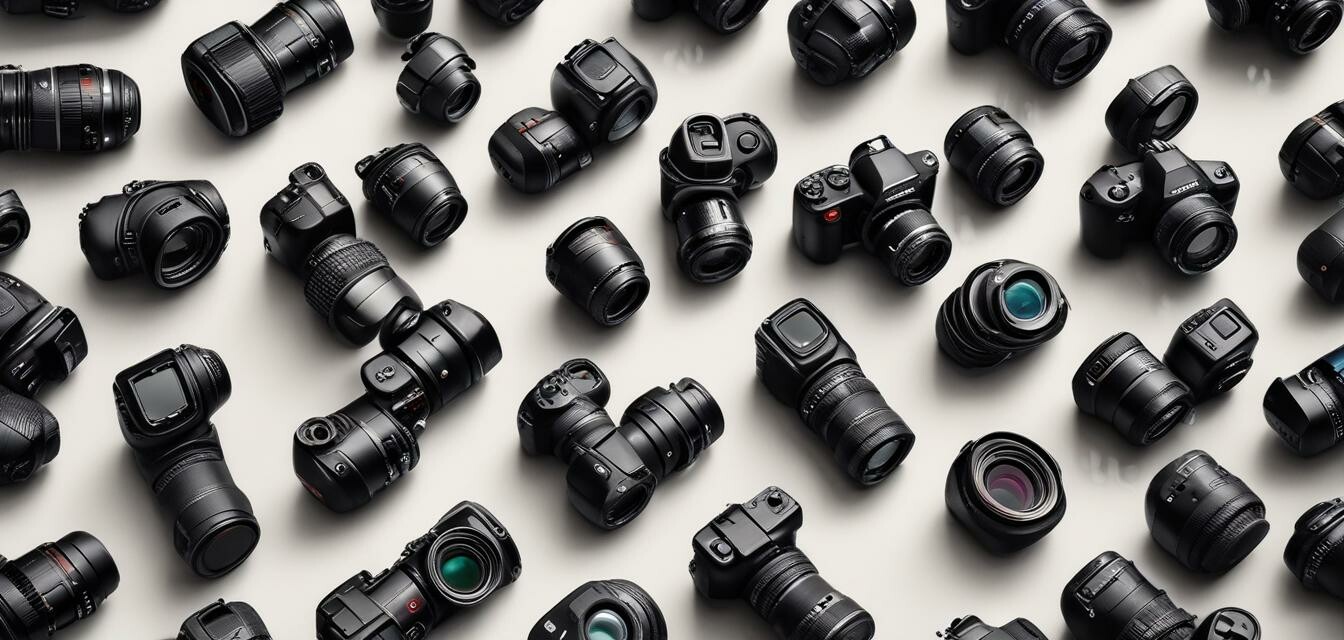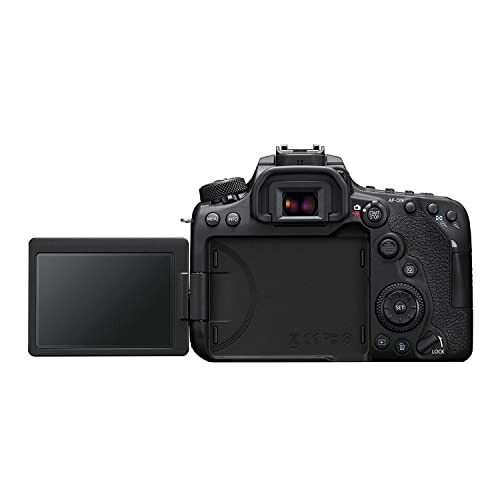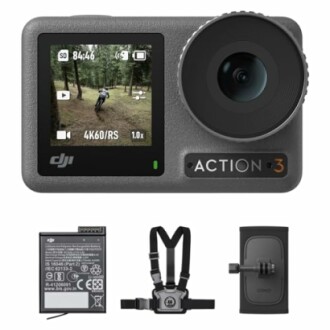
A Beginner's Guide to Choosing Your First Camera
Key Takeaways
- Understand your photography interests to choose the right type of camera.
- Consider key features like sensor size, lens options, and connectivity.
- DSLRs and mirrorless cameras offer flexibility and high-quality images.
- Action cameras are great for adventure and outdoor activities.
- Always check for available accessories to enhance your photography experience.
Choosing your first camera can be an exciting yet overwhelming experience, especially with so many options available. Whether you're interested in photography as a hobby or considering it as a professional venture, understanding the different types of cameras and their features is essential. In this beginner-friendly guide, we will delve into the key considerations and help you prioritize based on your specific photography interests.
Types of Cameras to Consider
Before making a purchase, it’s important to know the types of cameras available and what each is best suited for:
| Camera Type | Best For | Key Features |
|---|---|---|
| DSLR Cameras | Versatile photography including portrait, landscape, and sports | Interchangeable lenses, large sensors, extensive accessory options |
| Mirrorless Cameras | Professional photography with compact designs | Lightweight, high-speed performance, interchangeable lenses |
| Action Cameras | Adventure and sports photography | Waterproof, compact, high-definition video capabilities |
| Compact Cameras | Simplified photography for casual users | Lightweight, portable, user-friendly |
| 360-Degree Cameras | Immersive photography and videography | Full 360-degree view, unique perspectives |
Essential Features to Look For
Now that you’re aware of the types of cameras, let’s discuss the key features you should consider when selecting your first camera:
- Sensor Size: Larger sensors generally produce better image quality, especially in low light.
- Megapixels: Higher megapixels allow for larger prints but consider other factors like lens quality.
- Interchangeable Lenses: This feature provides flexibility for different photography styles.
- Connectivity: Wi-Fi or Bluetooth can make it easier to share images.
- Video Capabilities: If you want to capture video, ensure your camera supports the desired resolution.
Recommended Products
Canon DSLR Camera EOS 90D
With a 32.5 Megapixel sensor and 4K video capabilities, the Canon EOS 90D is perfect for aspiring photographers looking for high-quality results.
Learn MoreHow to Choose Based on Photography Interests
Your choice should align with what you plan to capture. Here’s how to decide:
- If you love landscapes and portraits: A DSLR or mirrorless camera would be best due to their sensor size and lens flexibility.
- If you’re into adventure: Consider an action camera, like the DJI Osmo Action 3, for its durability and ability to capture high-quality video in tough conditions.
- If convenience is key: A compact camera might be the way to go if you want something light for everyday use.
- If you crave unique content: A 360-degree camera can offer thrilling perspectives that standard cameras cannot match.
Highlighted Product for Action Lovers
DJI Osmo Action 3 Outdoor Combo
Designed for extreme conditions, the DJI Osmo provides high-quality 4K video and superior stabilization, making it perfect for any adventure.
Learn MoreCamera Accessories to Consider
Don't forget that the right accessories can enhance your photography experience:
- Tripods: Essential for stability during long exposure shots.
- External Microphones: A must for improved audio when recording videos.
- Camera Bags: Protect your investment with a durable camera bag.
- Extra Batteries: Ensure you never miss a moment with spare batteries.
- Memory Cards: Invest in high-speed SD cards for quick storage of images and video.
Conclusion
Choosing your first camera is an exciting step into the world of photography. By considering your interests, the types of cameras available, and essential features, you can make an informed decision. Remember that photography is about experimenting and expressing yourself, so trust your instincts and find a camera that inspires you!
Additional Resources
Check out our detailed guides for more information:

